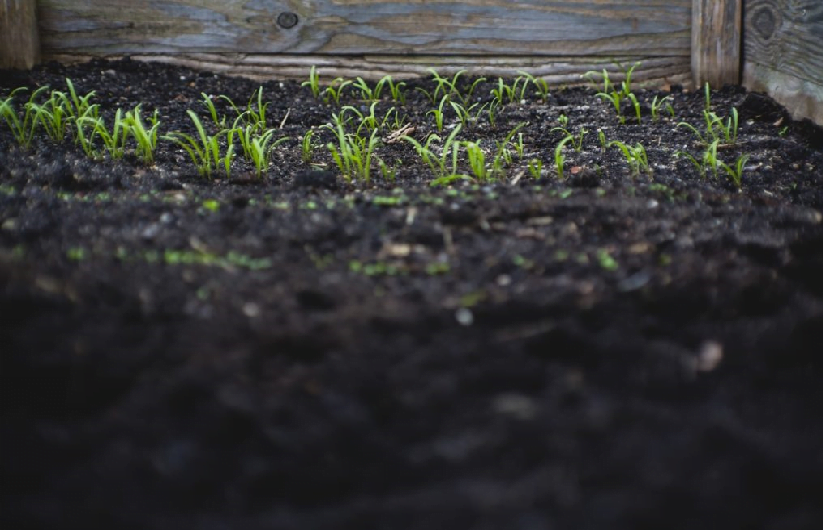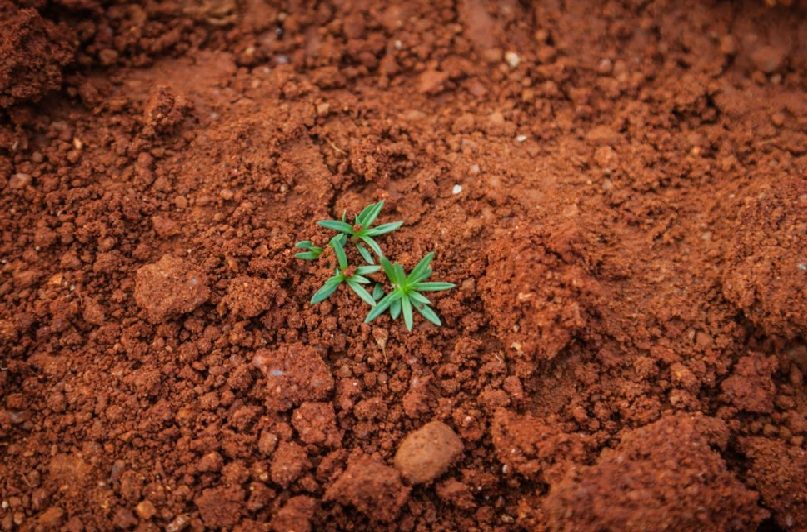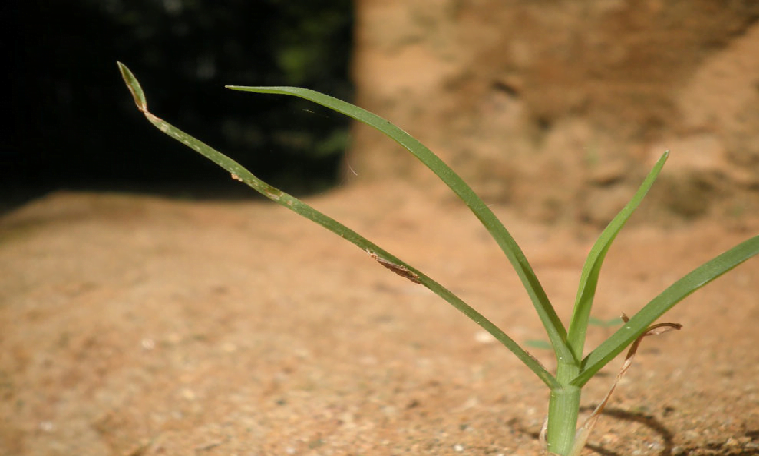Healthy Soil Is the Foundation of a Gorgeous Lawn

In this “Lawn Goals” series Sod University covers the topic of “Soil Management” and learn about the different soil types and gain a basic understanding of pH levels in soil.
Soil Management
Have you ever heard of the saying that you are what you eat? The same can be said for your lawn’s health starting at the source of nutrient uptake, i.e. the grass’s roots and the soil it inhabits. The quality of your soil plays a huge factor in the overall health of your lawn. Soil provides nutrients, water, air, and a place of anchorage for your grass roots. On the other hand, soil can also contain insects, diseases, nematodes, or overall poor nutrient quality. This blog will cover a general understanding of soils, soil pH levels, and how soil interacts with plant roots so that your lawn is vibrant and healthy.



There are three types of soil: sandy soil, clay soil, and loamy soil.
Sandy Soil
Sandy soil is coarse and gritty to the feel and water moves through it quickly, so it has a low water holding capacity. For this reason, sand is poor in nutrient content.
Sandy soil’s nutrient content can be improved by regularly adding organic material, such as compost or well-rotted manure. This will help improve (slow down) drainage, increase the water holding capacity, and as a result increase plant nutrients.
Clay Soil
Clay soil is reddish brown and is fine and powdery when dry. In contrast to sand, water moves through it slowly, so it has high water holding capacity—typically, too much. Clay soils can be rich in plant nutrients, but the pH is often too high or low, so those nutrients are not available to plants.
Clay soil can be improved by adding organic material, such as compost or well-rotted manure. This will improve (increase) drainage and provide more appropriate water holding capacity. Organic material will also lighten heavy soil.
Loamy Soil
Loamy soil is dark brown and contains clay and sandy soil in moderate proportions with some organic material. Water moves through it at a moderate rate, so it has a moderate water holding capacity. It is rich in plant nutrients. For this reason, loamy soil is ideal for growing healthy grass.oil pH

Image from https://www.agric.wa.gov.au/soil-acidity/soil-ph
pH is a way to explain the amount of hydrogen ions in a solution. In other words, the more hydrogen ions in a solution, the more acidic the soil. Think of pH as the mouth to your grass by which it consumes plant nutrients. The pH scale ranges from 0, highly acidic, to 14, highly alkaline. The mouth of your grass is “wide open” when it has a pH of 6.0 – 7.0, which is neutral and ideal for growing healthy grass. This means that your soil is in the ideal range to receive nutrients.
Grass grown in soils that are too acidic or too alkaline cannot adequately access plant nutrients, whether they occur naturally in the soil or are applied in the form of fertilizer. If you are applying fertilizer to your lawn without knowing the pH to your soil, you could very well be wasting your money. Don’t do it. Instead, invest more time and money in determining the pH balance of your soil first. pH soil testing kits are inexpensive and reliable.
To improve soils that are acidic (below six) you will need to add lime (calcium carbonate) to move the pH to neutral. To raise soil pH by one point in a typical sandy loam soil, spread crushed limestone in the fall at a rate of about 50 lbs. per 1,000 sq. ft. unless your liming product recommends a different spreading rate.
To improve soils that are alkaline (above eight) you will need to add granular elemental sulfur to move the pH to neutral. To reduce soil pH by one point, say from 8.0 to 7.0, spread elemental sulfur with your garden spreader at the rate of 20 pounds per 1,000 square feet, unless your sulfur product recommends a different spreading rate.
To read more about the nutrients that should go into your soil, check out Are Micronutrients Missing From Your Lawn Care Program?
For more information on our recommended fertilizer suggestions, read our Get Your Lawn Drinking Its Nutrients blog post.
